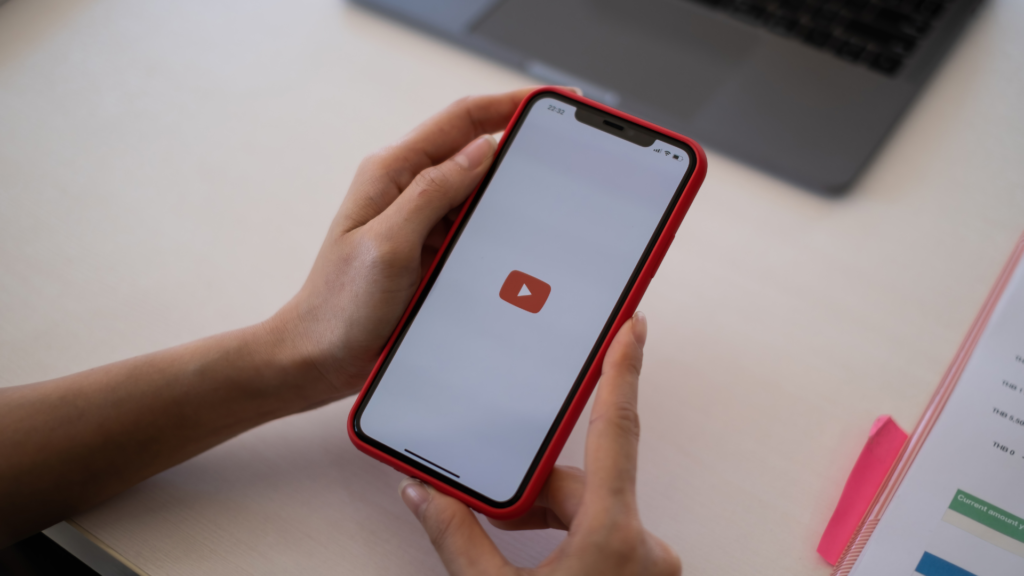Creators are now changing their approach to how they create music for Shorts on YouTube. The platform is also testing out a very novel AI, which lets users remix songs into other genres and moods. “Dream Track” is an innovation acting as a co-producer for creators to submit eligible tracks and provide a restyling vision.
The AI takes the music, processes it, and spits out a 30-second ground-up reimagining of what the music sounds like, still with original vocals and lyrics. YouTube is rolling out this new tool to offer more creative options while also ensuring transparency on how and if the AI is used, and who gets credit.
Powered by Google’s DeepMind AI
Competition robot ‘Dream Track’ uses Google’s DeepMind’s state-of-the-art Lyria music generation model. Lyria generates original musical interpretations from audio and textual prompts. This enables creators to make soundtracks for application genres or moods.

Once a year ago, YouTube launched Dream Track, which allowed only a select part of creators within the U.S. to compose a song of vocalists like Charli XCX, Demi Lovato, John Legend, Sia, T-Pain, and Charlie Puth. However, the new feature allows it to be more useful by remixing official songs and making it easier for creators to come up with new things in the music space.
AI Remixing in Action
Here is how it works: in the experimental group, creators choose a song and a song, and using a prompt, input their transform desired. For a Short video, the AI will respond with a custom, 30-second soundtrack. An energetic pop song can be changed to become a relaxing jazz ballad or an upbeat R&B track can be worked around into a baroque melody.
The restyled tracks will feature clear labels indicating AI involvement, along with attribution to the original song via the audio pivot page. It is a form of transparency and a way to keep a hold of the original artist’s work.
Music Industry Partnerships and Copyright Protection
YouTube is actively avoiding copyright controversies terrorizing other platforms. Using a framework established in collaboration with Universal Music Group (UMG), YouTube will compensate artists and rights holders whose work exists within the AI-generated music. Last year it signed this agreement, which makes sure that creators and artists are paid what they deserve.
These steps protect the trust of the music industry with YouTube AI and allow creators to create such innovative content. That is a stark contrast to the backlash that platforms have faced after being accused of scraping content and training AI without permission.
Broader AI Integration on YouTube
Among the other spots of AI YouTube is rolling out is the remixing tool. Brainstorm with Gemini is an inspiration for new video ideas on the platform’s tool. This AI tool also finds copyrights in a video and removes the copyrighted music without having to take down the video.
It is all about the integration of AI, which is just how YouTube wants to get creative while mitigating the inevitable pain points. The widespread availability of the Dream Track feature could have changed the relationship between creators and the music industry on YouTube AI.

An AI Revolution in Music Creation
The Dream Track, a YouTube AI remix tool built to foster innovation, accessibility, and respect for intellectual property, is changing the way music remixing is done. To creators, the ability to apply tracks seamlessly into new soundscapes is an ideal way to engage and tell stories.
This could all be a big step in the right direction for a future in which transparency and collaboration leap being handy features to a daily part of everyone’s music creation. Eventually, as YouTube integrates more and more AI tools, its platform becomes the place that fuels creativity and opportunity for its users and artists alike.





